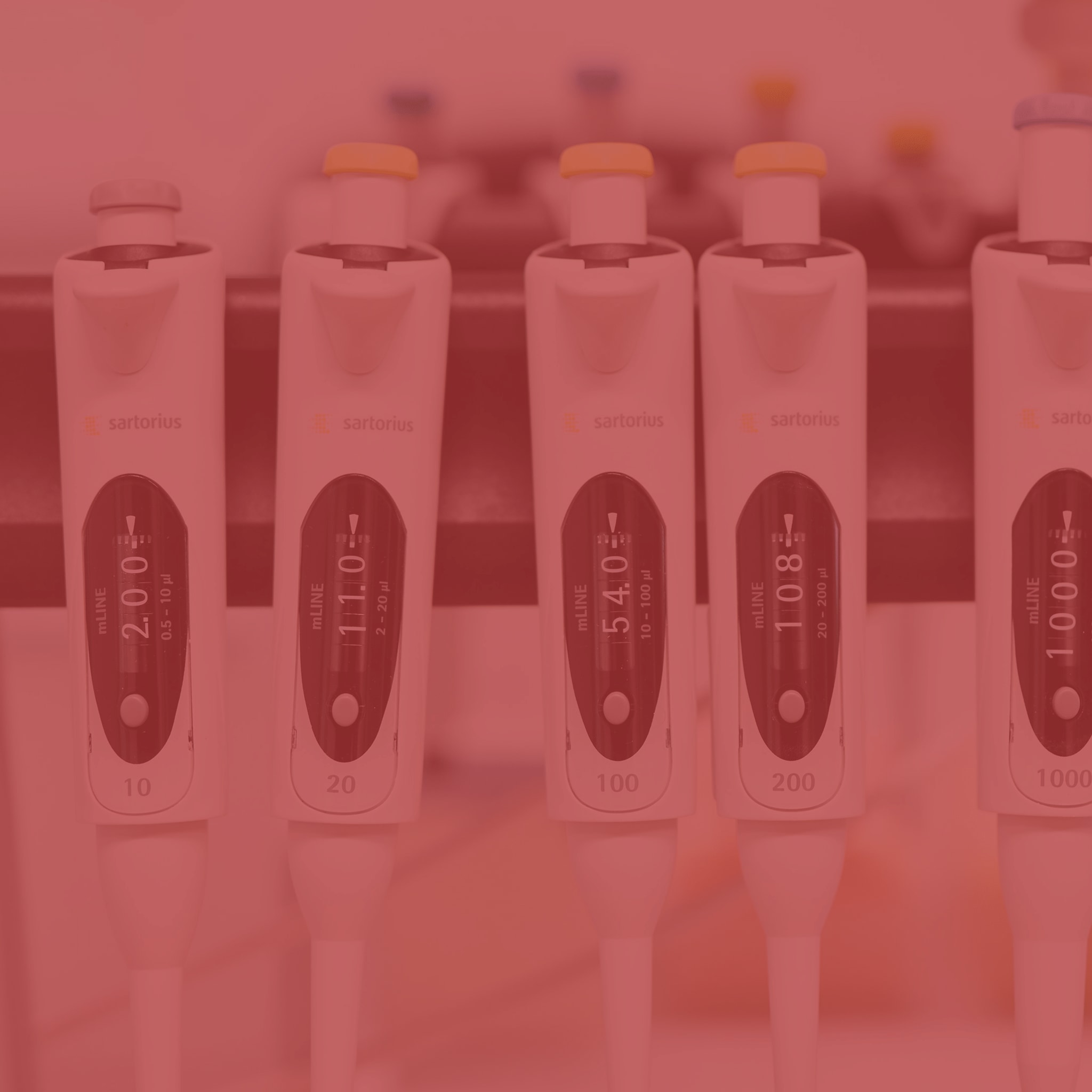The Tobacco Heating System’s aerosol consists of droplets of similar size as those found in cigarette smoke
Droplet size is important for user satisfaction, and also for increasing the likelihood that adult smokers who choose to continue using tobacco completely switch to THS. When tobacco is heated in THS, the aerosol that is produced consists of small liquid droplets suspended in a gas. The typical size of the droplets in the THS aerosol has been engineered to be similar to the droplet and particle sizes found in cigarette smoke. The correct particle size distribution contributes to our goal of creating a sensory experience comparable to smoking.
Learn more about these results in this publication:




